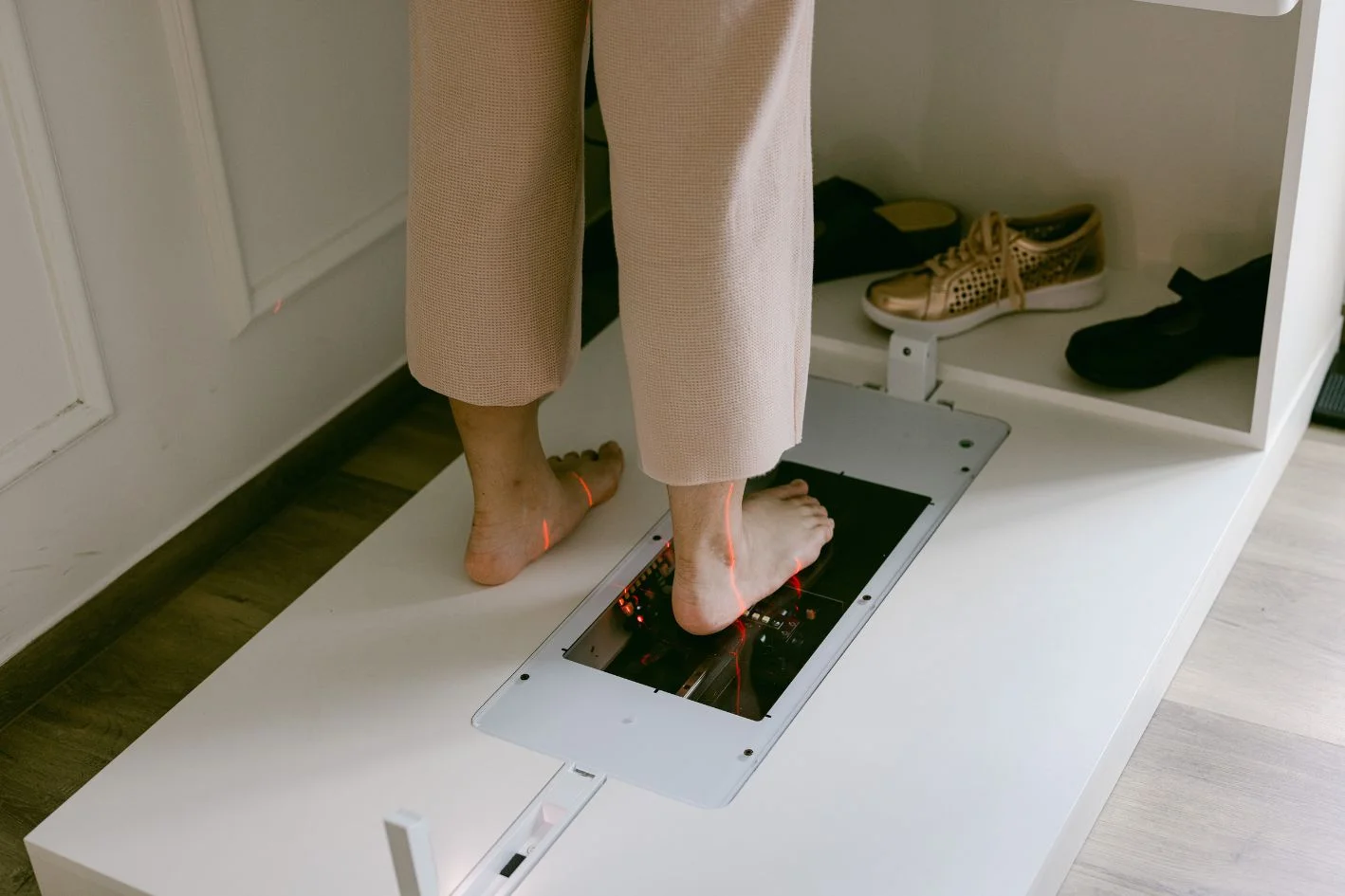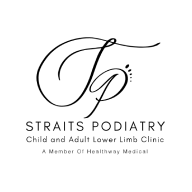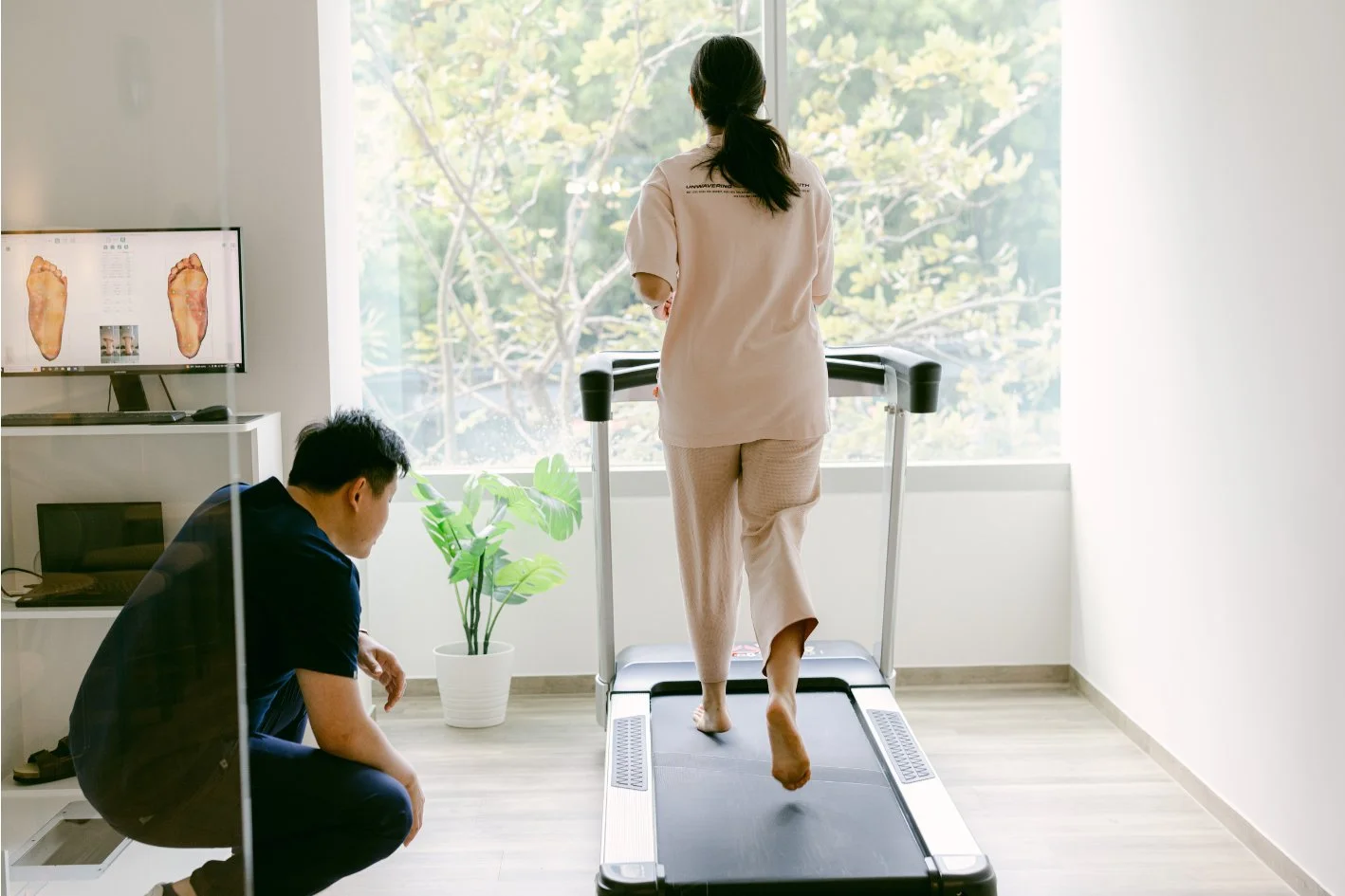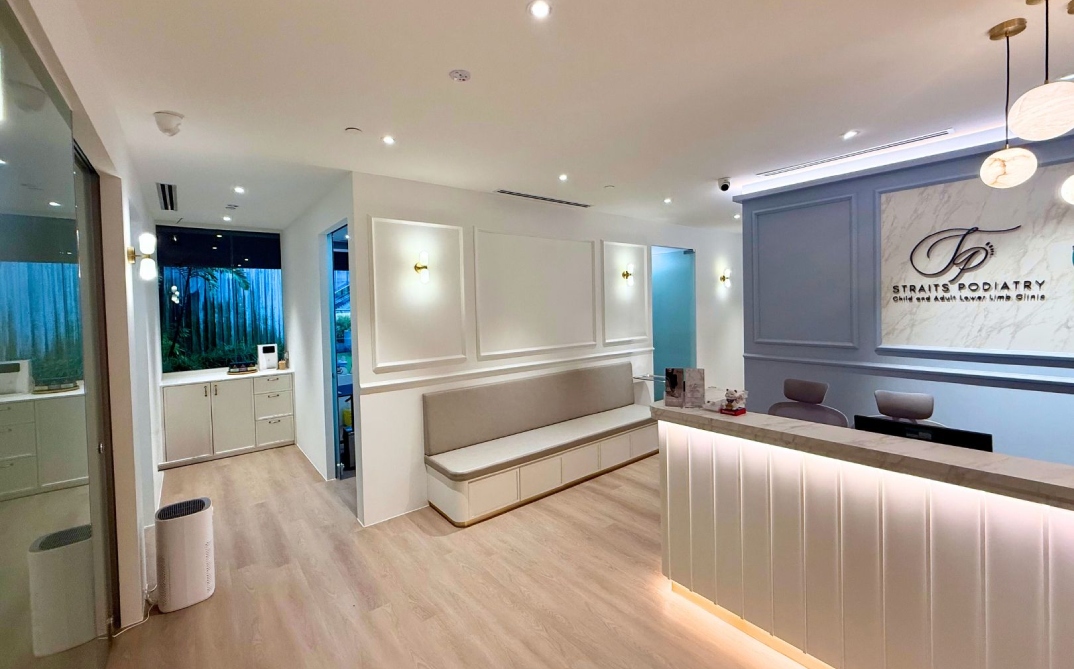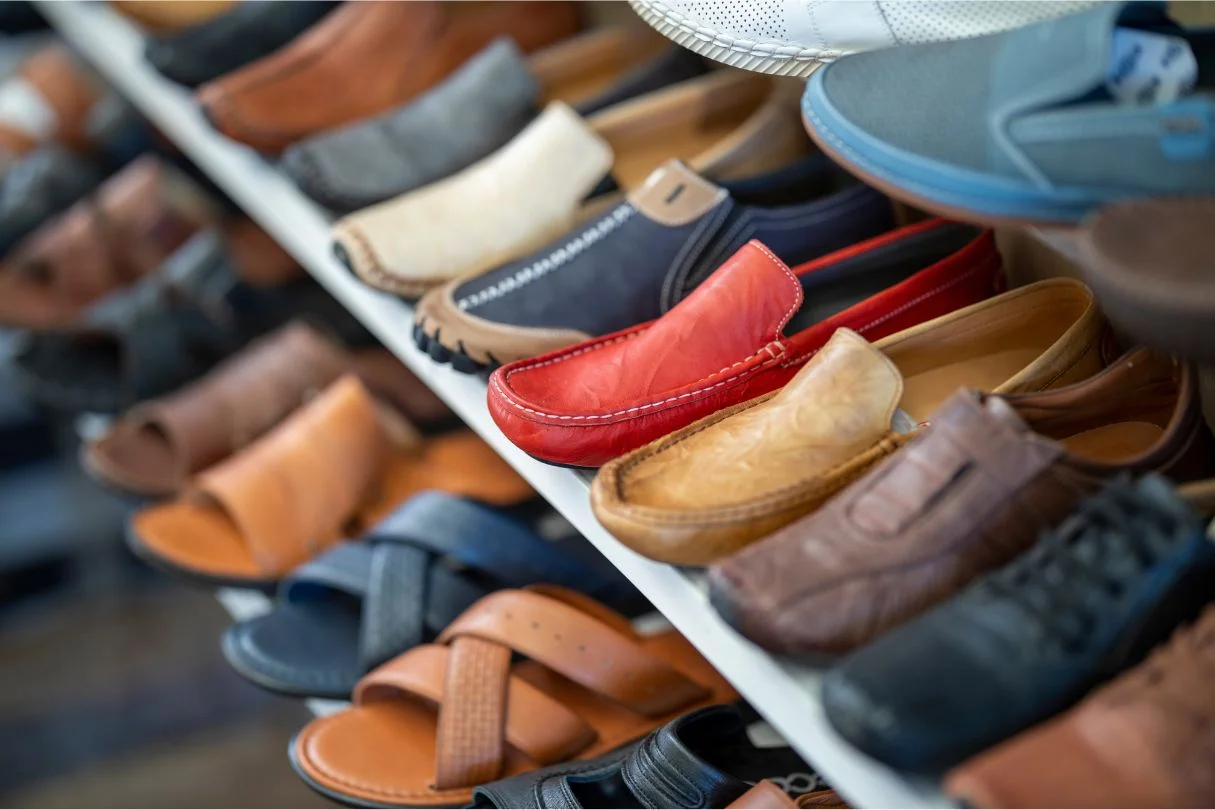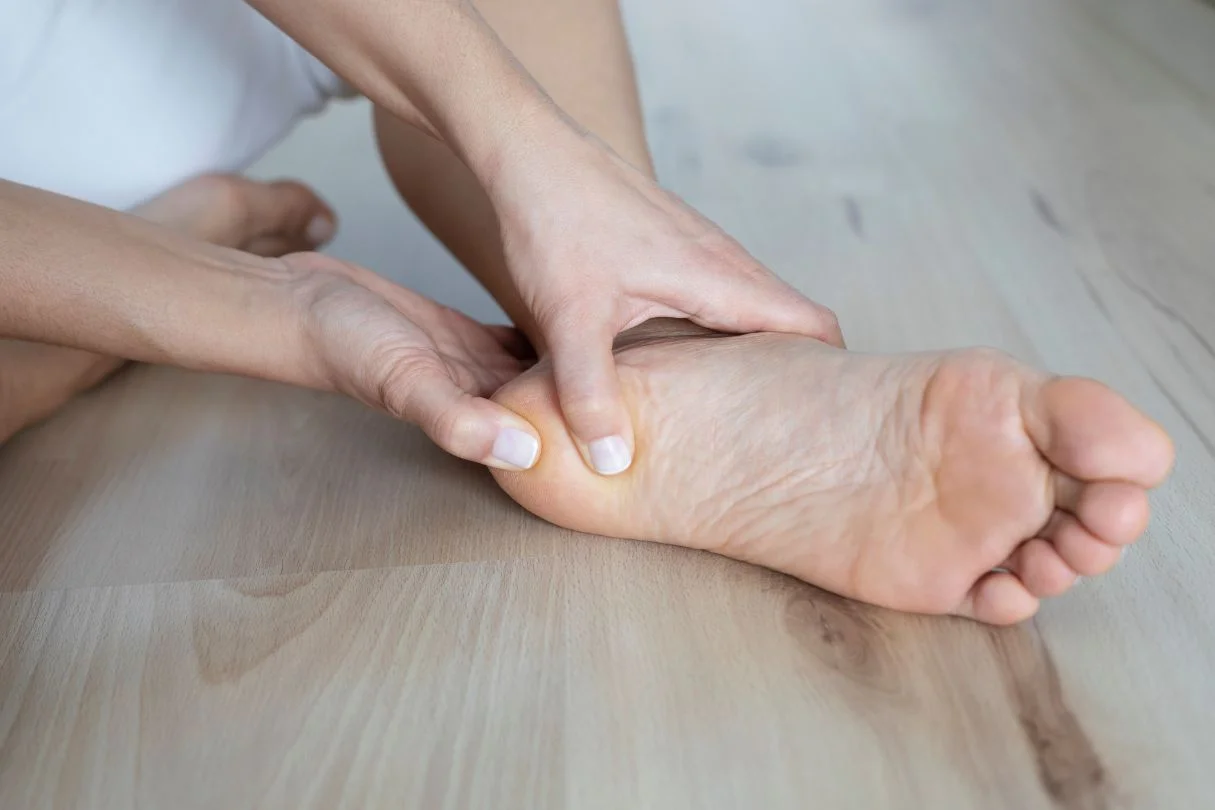Flat feet, also widely known as fallen arches, are a common foot condition seen in Singapore, where the arches of the feet are lowered or completely collapsed. This condition is also well-studied, with a wealth of information readily available on the internet. The majority of the information online only talks about the causes and treatment of flat feet. However, the golden question remains: do flat feet truly put you at a disadvantage? Let’s dive deeper.
Flat Feet Can Be a Disadvantage
The arches of our feet serve as a rigid bridge to help transfer forces from our heel to our toes effectively during propulsion. Without a proper arch, we can expect our walking pattern to change quite significantly. As such, there are several challenges that can arise with flat feet:
Biomechanical Issues: Without a proper gait pattern, your feet may not effectively absorb shock during walking or running. Your muscle function, tendons, soft tissue, and joints can also be affected by the change in walking pattern. Flat feet can also greatly strain the feet, ankles, knees, and even the lower back, as it creates lower limb malalignment.
Pain and Discomfort: Individuals with flat feet often experience pain in the heel, arch, ankles, knees, or hips, particularly after prolonged periods of standing or physical activity.
Increased Risk of Certain Injuries: Individuals with flat feet may be more susceptible to specific overuse injuries, such as plantar fasciitis, posterior tibial tendonitis, and shin splints.
Footwear Limitations: Finding comfortable, supportive shoes can be challenging, and premature, excessive wear patterns may develop on footwear.
But not always.
Contrary to popular belief, and sometimes exaggeration, flat feet aren’t always problematic:
- It’s Not Always Painful: Many people with years of flat feet experience no pain or functional limitations whatsoever.
- Athletic Success: Many successful athletes, including Olympic medalists in various sports, have flat feet. This itself refutes the point that flat feet are disadvantageous, especially in sports and fitness.
- Adaptation and Compensation: The human body is remarkably adaptable, and individuals with flat feet typically develop compensatory mechanisms that enable normal function.
And no, flat feet do not affect your height. Yes, you read that right. Our feet do not determine how tall we or our child will be.

So, When Should I Get My Feet Checked?
While flat feet aren’t inherently problematic, there are some signs that you should take note of and seek professional evaluation:
- Persistent or recurring pain in the feet, ankles, or knees
- Easily tired when walking for long distances
- Frequent tripping and falling in kids
- Progressive flattening of the arches or noticeable foot deformities over time
- Asymmetrical foot posture
- Development of abnormal walking patterns
- Functional limitations
Does This Mean That I Should Seek Correction If I Have Pain?
First of all, for adult cases, if you are looking for a permanent correction, the only solution is through orthopaedic foot correction surgery. That itself carries various risks and a potentially lengthy recovery journey. However, surgery is rarely necessary unless conservative options do not provide sufficient relief from your symptoms. Therefore, if your flat feet are causing pain and you have not tried anything yet, we would suggest the following management strategies:
- Custom orthotics which are custom-made foot inserts to improve foot alignment and function
- Supportive footwear with good arch support and appropriate features
- Targeted exercises to strengthen the foot, ankle and lower limb muscles and function
- Activity modifications by switching to a lower-impact activity to allow natural recovery
My Child Has Flat Feet: Should I Be Concerned?
Flat feet in children are almost an entirely different topic on their own. The key difference in the case of children is that they are still developing, and we can assist their development. Whilst babies are normally born with flat feet, we expect the arches to develop over time. However, if the arches fail to develop, the key is to find out the reason why.
Whether an intervention is necessary depends on the underlying cause of the fallen arches as well as the symptoms. Therefore, if you suspect that your child is experiencing aches and pains due to possible flat feet, it is best to consult a Podiatrist, preferably one with experience in Paediatrics, to assess them.
The Balanced Verdict
The reality is that flat feet exist on a spectrum. For many, flat feet pose no disadvantages whatsoever. For others, it creates biomechanical issues and causes significant pain from the foot to the lower back that requires attention. The key is to understand your unique foot structure and address any symptoms early if they arise.
At Straits Podiatry, we provide comprehensive foot assessments that can determine whether your flat feet require intervention or are simply a natural variation that works well for you.
Contact us today to schedule an appointment and get back on the path to healthy, pain-free feet.

